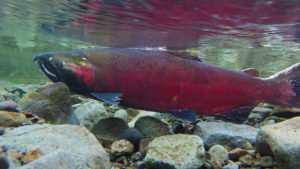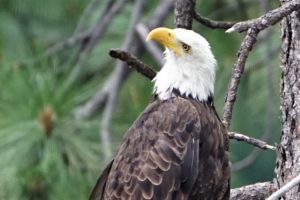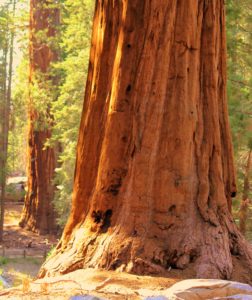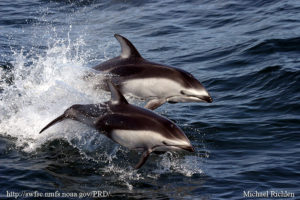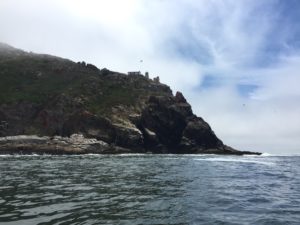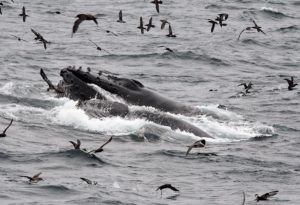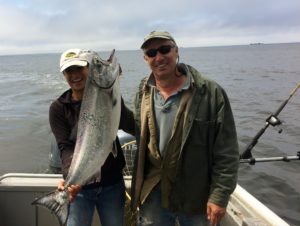A Call for Support – Save the Land and Water Conservation Fund (LWCF)
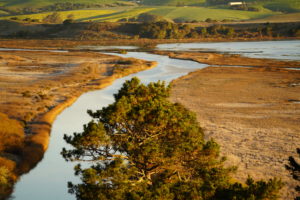
“The Land and Water Conservation Fund is America’s most important program to conserve irreplaceable lands and improve outdoor recreation opportunities throughout the nation.”
The LWCF “was established by Congress in 1964 to fulfill a bipartisan commitment to safeguard our natural areas, water resources and cultural heritage, and to provide recreation opportunities to all Americans.” Over the years, the Fund has provided tremendous financial incentives for creating numerous recreational opportunities for millions of Americans. After being extended in 2015 for three years, the Fund authorization is set to expire on September 30, 2018.
Since its inception, every state has received some of the funds appropriated from the LWCF. It has been used to support state and local parks, develop trail systems, and provide a broad variety of critical recreational opportunities such as baseball fields, swimming pools, picnic areas and children’s playgrounds. In addition, the LWCf supports the critical acquisition of inholdings within national parks boundaries, allowing for the protection of significant natural and cultural resources.
The LWCF is funded from oil and gas drilling revenues. It was created by Congress with the promise to give something back to the country in exchange for allowing this drilling. Therefore, it does not cost a penny of state or federal tax dollars
Please call or send a note to your congressional representative that calls for the permanent reauthorization of the Land and Water Conservation Fund, before it expires on September 30, 2018. For more information: https://www.lwcfcoalition.com/
Don Neubacher, Public Lands Conservancy
